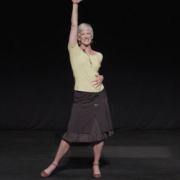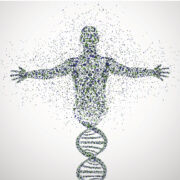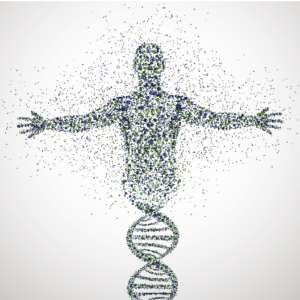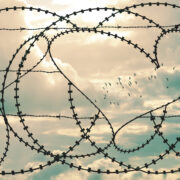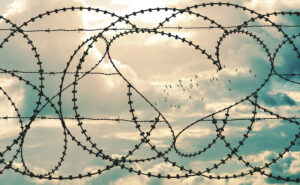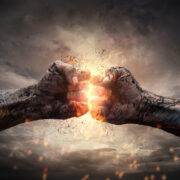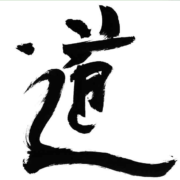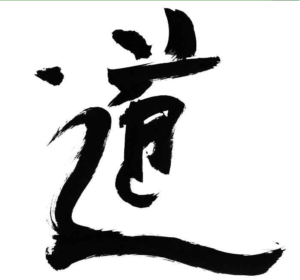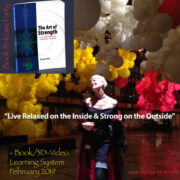
Chase the Carrot or Eat the Carrot
The choice between being tough or strong is a conversation about what you want running your life, tension or strength.
I’ve come to realize that tough is protective gear masquerading as strength. So, when training folks, I work to keep it honest. Challenge their strength’s potential AND learn its limitations.
When a client was failing in his workout due to exhaustion, not muscle failure, he averted his gaze.
“What’s up?” I asked.
“You’ll be mad if I tell you,” he replied.
He was in the middle of a digital fitness challenge where he had to have his heart rate elevated for a certain number of minutes within a month’s time. He was over-training. Rejuvenation time was shelved until the challenge was over.
It was clear he was disheartened. His tension pooled in his chest muscles; broadening the protective shield of his back.
Looking at the floor he mumbled, “I’ll be fine. I’ll just walk everywhere today instead of my peloton run.”
Can you see yourself in this?
Use minutes to meditate was my advice. Use the time for active restoration versus active progression. But the digital minute-counter shutoff when his heart rate stabilized.
Penalized for self-care. Hmmm?!
- We look away when we know in our body that we’re hurting ourselves, but in our mind, we have an insatiable need to progress.
- We look away when we believe that we would lose our strength––be traumatized––if we didn’t triumph over a challenge.
- We look away, when we know, deep down, that some nonsensical belief has triggered our tension into the driver’s seat.
What is our tension chasing?
Survival––Survival of the fittest! (richest, skinniest, smartest…)
We’re chasing a carrot on a string. That carrot is the belief that we’re not the fittest.
Here’s the truth of it. Chasing will never change the belief. In fact, the tension that keeps the belief running is getting stronger by the act of chasing it.
Stop being strung along and eat the carrot!
We feel most balanced when we can look life straight in the eye. Balance asks us to look in both directions. What if we stopped chasing? What if we just dropped into our bone’s stillness and reevaluated our habitual chase to prove ourselves?
What is in our body’s stillness?
Neutral Attention––Neutral to life’s flow. (truth, unfolding, evolution…)
When we eat the carrot, we reassess what we want to align with. An outside expectation or an inside truth. A distorted judgment or good sense. A past trauma or your present realness.
“Trauma is a fact of life, but it doesn’t have to be a life sentence.”
Peter Levine, PhD & author, Waking the Tiger
Trauma is a physical experience. Any level of trauma––disappointment, judgment, expectation––lives in the body as tension until it’s resolved.
The mind forms beliefs to make sense out of the body’s sudden invasion of tension. Very often, self-damning beliefs that are mis-taken.
The body’s tension template and the mind’s twisted beliefs are locked in with each other, until the body’s tension can surrender its grip.
When we bump into this chase, we feel like a wimp and feel we need to toughen up!
But what if I were to say, when we bump into this chase, we need to feel into its vulnerability––experience our inner-wimp––until we are introduced to our strength.
- Experience your body as a wimp. Don’t focus on your mind’s judgments or your emotional reactions. Feel for your bone’s perspective. What is under your judgment and reactivity?
- What are your bones hungry for? What does your inner-wimp need, to feel cared for?
- Be that care-giver.
This is self-care not self-indulgence. You know this because you’re not perpetuating Self-denial (with a capital “S”), nor are you ignoring the chase. You are reassessing who you are, and what you need, to feel aligned with your deepest, richest, wisest Self.
When we chase the carrot on a string, we lose our selves. When we eat the carrot, we find ourselves. This is strength.
Please share this with anyone you feel could use its message. Thank you.




